One of the most exciting things about computers is their nearly limitless potential. You can use computers to perform office work, model construction projects, create beautiful art, enable machine learning, play games, and so much more.
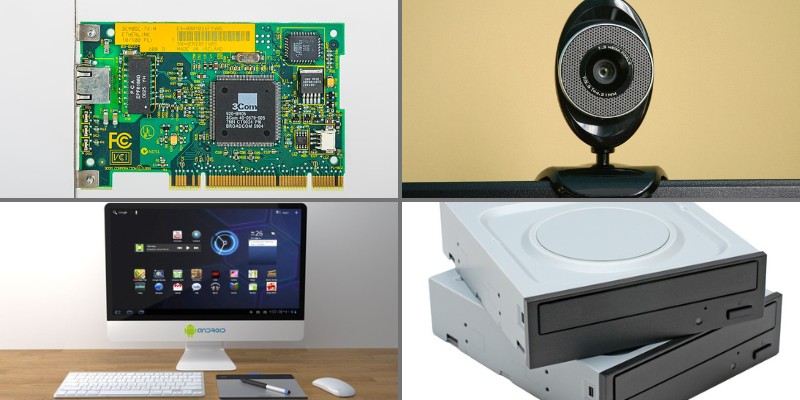
A computer’s flexibility is usually leveraged through software. If you want to try a new task you download and install a new program.
But you can also add capabilities to your computer through additional hardware, and the devices you hook into a computer to do so are known as peripherals.
Computer peripherals connect to the core computing unit which is the computer case housing the motherboard, CPU, RAM etc. These peripherals provide extra functionality to the whole computer system.
With that in mind, peripherals can be largely grouped into a few categories and subcategories.
In this article we’ll explore several examples of peripheral devices in computers and explain what they do.
A) Input Peripheral Devices:
Input devices are among the more misunderstood elements of computer peripherals.
People usually assume that an input device is always going to let you manipulate elements within a computer. For example, by moving a cursor or in-game character.
But the term covers any peripheral that sends data from a local device into the computer system. This includes control elements like a mouse or keyboard. But it also encompasses video and audio input devices like webcams.
1) Keyboard
A keyboard is one of the most recognizable computer peripherals. Computer keyboards are visually similar to a typewriter on a smaller scale but operate digitally instead of through analog signals.
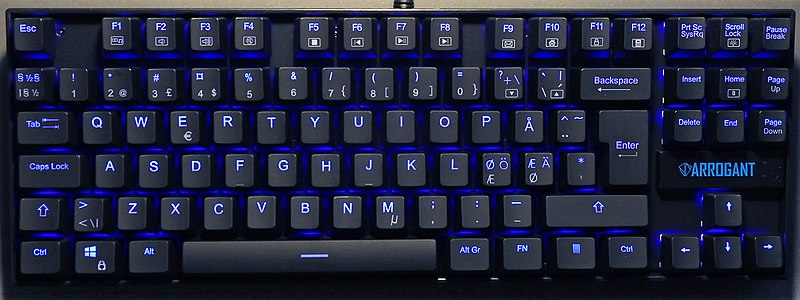
Foto: Jonn Leffmann
There was a time when keyboards used a special PS/2 port to connect with computers. But nowadays most keyboards connect to a desktop computer through a USB port.
However, it’s also becoming more common for keyboards to use wireless Bluetooth connections.
The downside of Bluetooth is that you’ll need to occasionally recharge your keyboard. That kind of power management isn’t necessary for keyboards with a wired connection.
However, Bluetooth keyboards are able to connect with a wider range of devices than their wired cousins.
In addition to computers, you can typically connect a Bluetooth keyboard to iOS and Android devices. And this includes both tablets and phones.
2) Mouse
A mouse is an input device you hold in your hand to control the cursor on a computer.
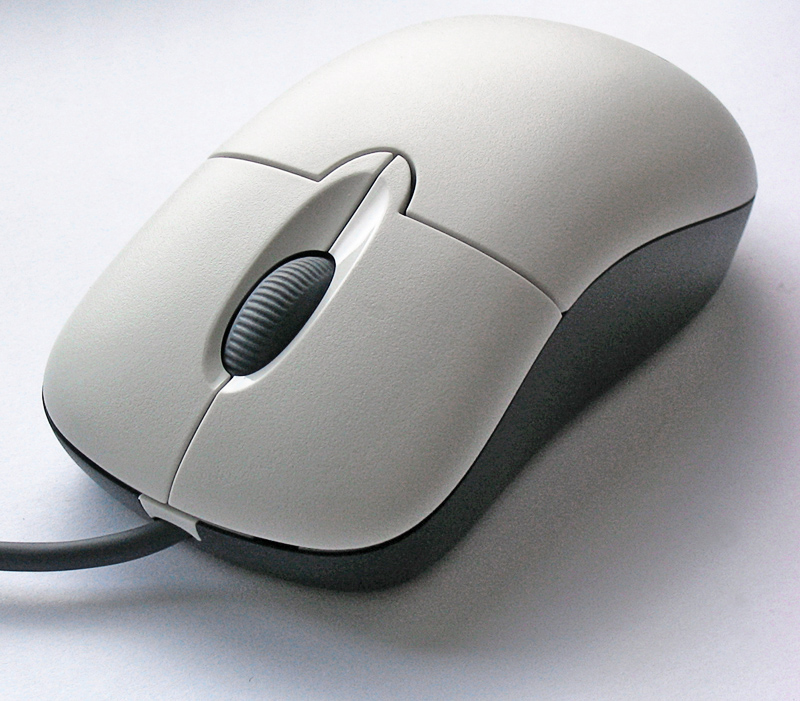
By Darkone – Own work, CC BY-SA 2.5, https://commons.wikimedia.org/w/index.php?curid=235633
Mice, much like keyboards, typically used a PS/2 port until USB became a more commonly accepted standard.
Like keyboards, the modern options for mice generally fall into one of two categories – wired and Bluetooth. Like keyboards, mice have the same general advantages and disadvantages with each connection type.
Mice typically have right, left, and middle buttons which allow you to interact with elements on your computer.
However, some of the more advanced mice will add extra buttons. These are sometimes connected to specific functions. But you can also generally configure these mice to bind almost any function to a button.
3) Microphone
Microphones highlight that input devices aren’t always centered around physical input.
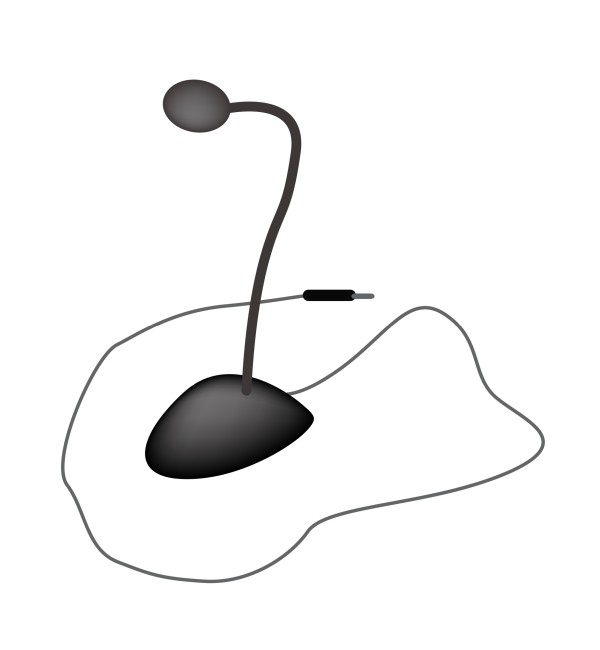
Most people wouldn’t even think of microphones as input devices until they stopped to really think about it. But microphones absolutely have a place in the greater family of input devices. Because microphones take in audio data as input and provide it to the computer’s operating system.
Modern computer microphones are often integrated into other multimedia input devices.
The most common example is webcams which tether audio and video input into a single stream. But the highest quality microphones typically focus on doing that one task as perfectly as possible.
It’s also quite common to find microphones paired with audio output devices. This is most often done to provide phone users with an easy way to talk without having to actually handle their phones.
Many smartwatches can also be incorporated into this process to offer even more control of the audio input and output.
4) Webcam
Webcams are similar to microphones in that they send a multimedia stream to your computer. Except, in the case of webcams, the multimedia is video or a combined stream consisting of audio and video data.
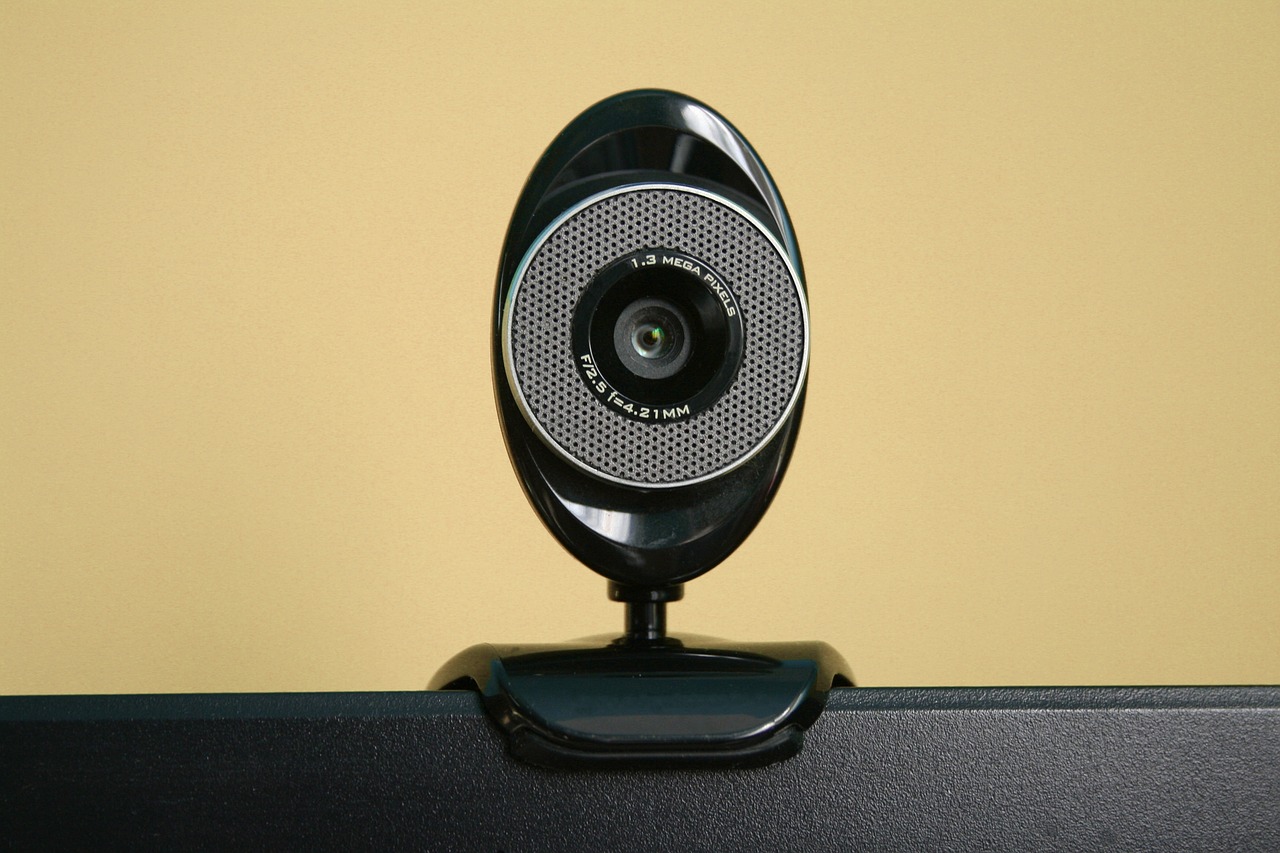
It’s important to note that many computers will be able to receive multimedia content from peripherals like webcams. But actually doing something with that data might require extra software.
This could range from simple programs that just display a video feed in real-time to powerful multimedia editing suites or video conferencing and collaboration tools like Microsoft Teams, Zoom, Skype etc.
5) Scanner
Scanners are devices that take in visual data from flat surfaces and send them to your computer. This most commonly occurs with larger flatbed scanners.
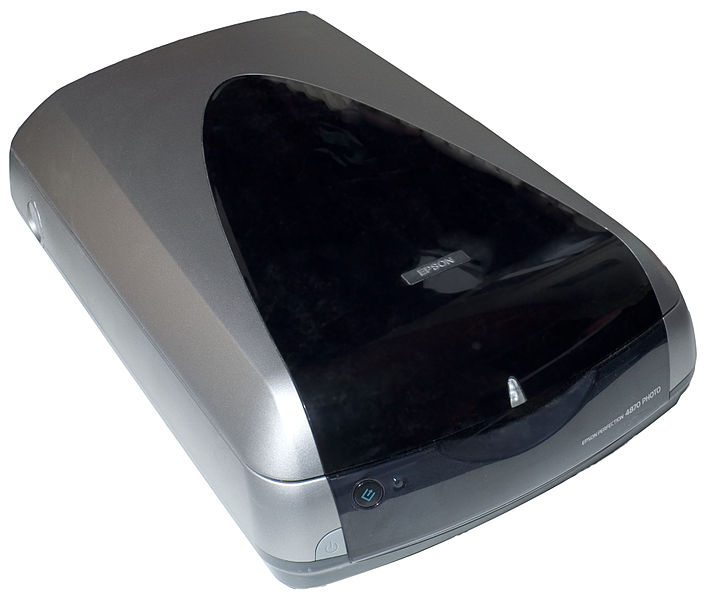
You simply lift up the hinged lid of the scanner, insert your document, and close the lid. The dark environment under the lid is then lit by the scanner’s own hardware as it slowly moves over the document.
The process holds material in place, allows for fully uniform lighting, and eliminates most of the visual noise you’d get from simply taking a picture.
Some more advanced scanners are tailored for specific tasks. For example, scanners used for optical character recognition (OCR) often have mechanical elements that can turn pages. Though the price of these units tends to be considerably higher than standard home scanners.
6) Game controller (joystick)
Game controllers are a fairly broad category of input devices that describe anything used for gaming.
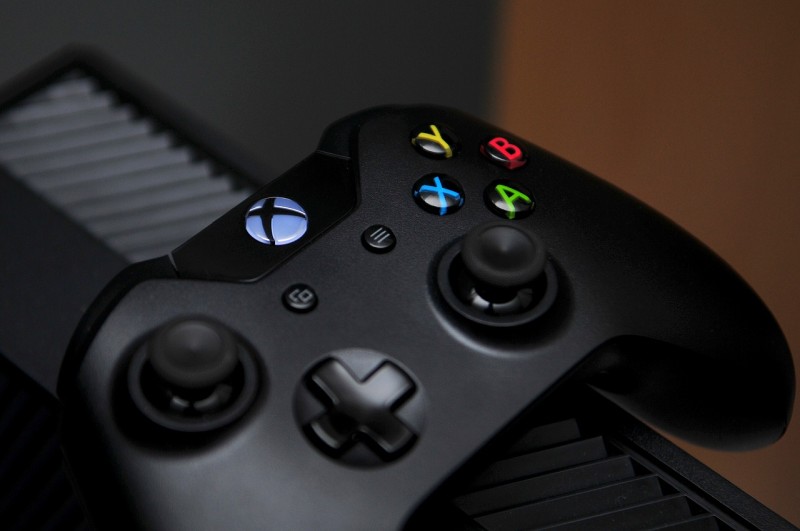
Joysticks are the prototypical game controller that’s been cemented in popular culture. But modern gamers have a huge variety of options to choose from.
Gamepads similar to what you’d find in modern consoles are the most common example of PC game controllers. But you’ll also find specialized controllers used for specific genres.
For example, plane sim fans could buy a flight controller with pedals to simulate the feel of a cockpit. Train sim fans could get something similar to mimic train controls.
Joysticks are still highly favored by fans of the one-on-one fighting genre. And there are even programmable controllers like the Steam Controller that let you manually map out almost every input point to specific functionality.
B) Output Peripheral Devices:
Output peripherals are the flip side of input peripherals. This category encompasses any device which takes data from inside your computer and pushes it outward. The data can take the form of anything from images to audio or even textual data.
1) Computer Monitor
People often think of computer monitors as a standard part of any PC. But monitors are actually peripherals that act as receiving devices for video signals.
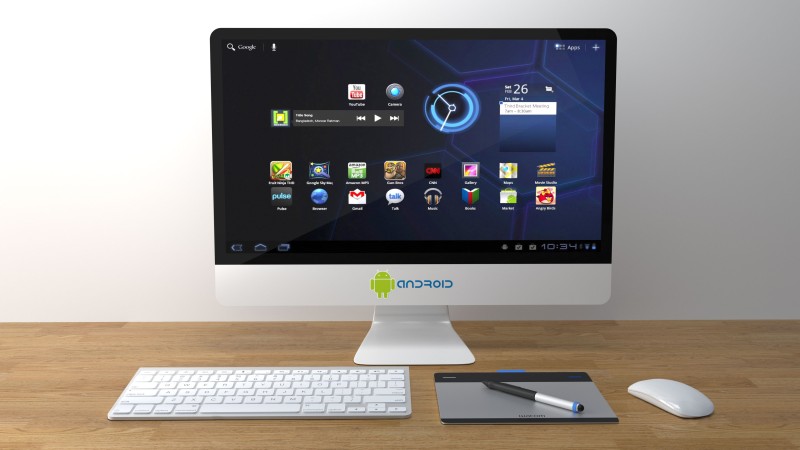
One of the more troublesome aspects of monitors is that you don’t find the same level of standardization there as with something like keyboards.
The same type of HDMI connection used with most TVs will usually work with modern monitors. But that’s not always the case.
One of the main reasons is that DisplayPort technology has already pushed past the resolution, refresh rates, and color depth of HDMI.
Systems targeting gaming or intense multimedia creation may well forgo HDMI for DisplayPort. Meanwhile, older monitors might not even have HDMI and instead require DVI or even VGA.
There’s an equal level of variation in a PC’s video output ports. Thankfully there’s a wide range of converters that will let you change port types and, for example, connect an HDMI cable to a VGA port. Though this will usually come with a very minor loss of video quality.
2) Printer
Printers, as the name suggests, receive information from a computer and print it onto paper.
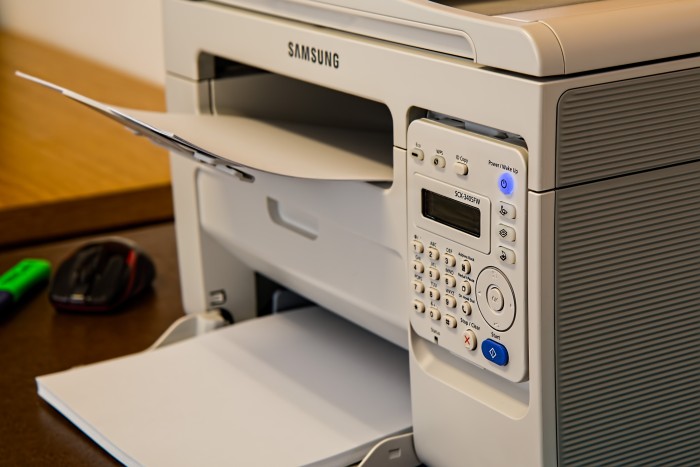
This can seem like a simple process. But think about the sheer amount of complexity present in human vision.
A printer needs to be able to reproduce all of that complexity while also handling fairly intricate mechanical devices.
Different printers operate in different ways. But they all convert the complex data sent by a computer into a physical representation that mirrors what you saw on the computer’s screen.
3) Audio Speaker
Audio speakers take digital audio data from a computer and turn it into something you can hear.
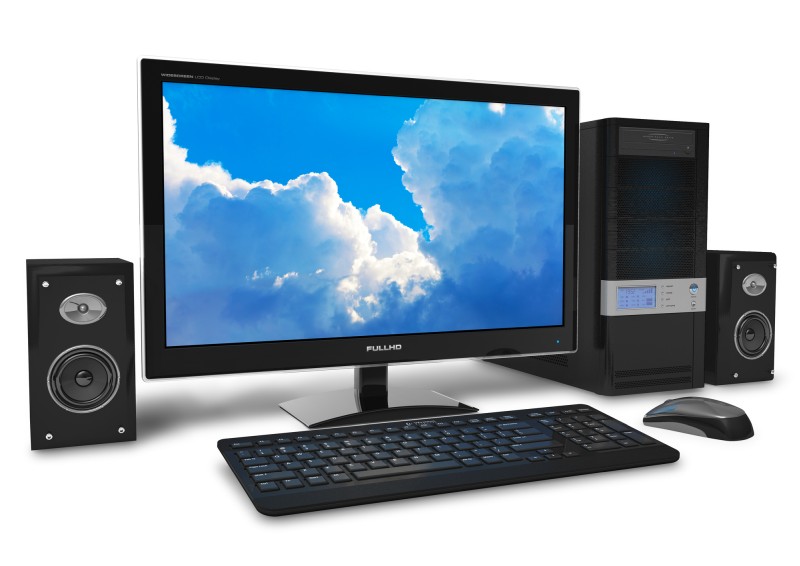
This too is an example of a seemingly simple process that hides a considerable level of complexity. Audio data often originates with an analog source such as a person singing.
The audio is recorded and digitized for storage. This is then accessed by a computer and output to the audio speakers as a peripheral.
The speakers then convert digital signals to analog sound waves. It’s a complex process. But all you need to remember is that modern technology lets you experience sounds and music with perfect clarity.
4) Projector
Computer projectors let you output video or still images from your computer onto physical space. This typically functions like a movie projector or slideshow.
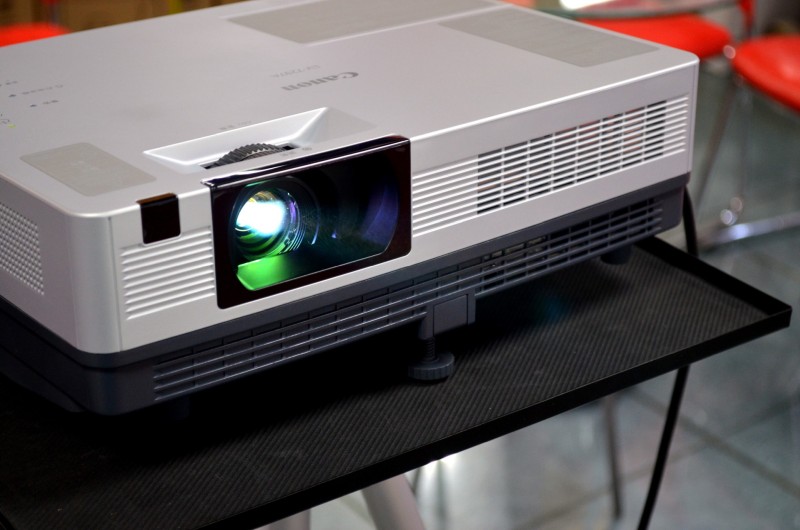
However, there’s a wide variety of different projector types which each have their own unique traits. But almost all of them support extremely high-quality video streams.
C) Storage Peripheral Devices:
Storage peripherals combine elements of input and output devices. A storage device stores data for the computer. But the use of that device requires the computer to be able to input data into it and receive what it puts out.
Storage devices also have one unique element that differentiates them from either input or output devices.
The data used by storage devices is stored permanently or semi-permanently. You’ll typically use storage peripherals to store, retrieve, and physically transfer data between physically accessed machines.
1) Internal Hard Disk or SSD device
Hard drives and SSD devices are the storage devices at the heart of your computer.
They typically contain the operating system which directs all the computer’s activities. These devices are also where your computer’s internal files and other software applications are stored.
A hard drive uses rotating disks called platters to store digital information. While SSDs are able to do the same thing using memory chips and have no moving parts.
2) CD-ROM / DVD-ROM device
CD and DVD respectively stand for compact and digital versatile discs. The term ROM stands for read-only memory.
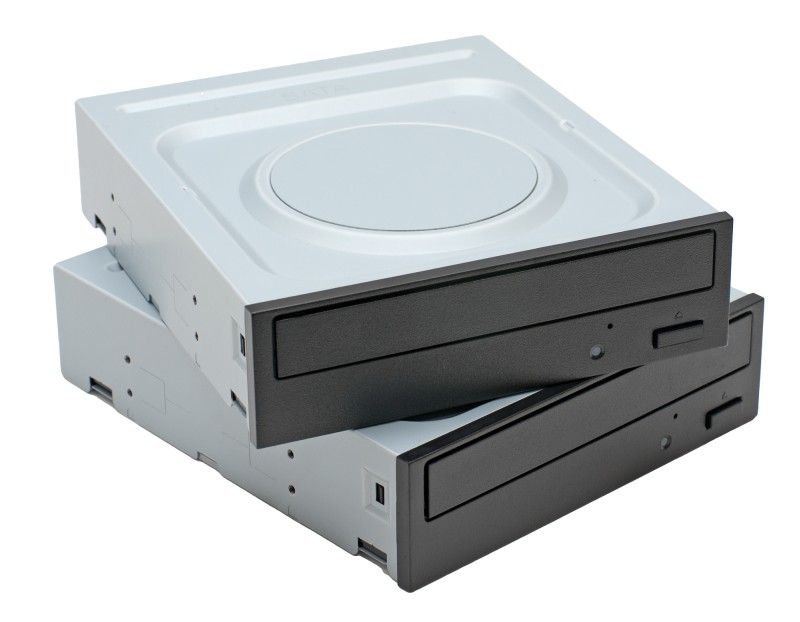
The discs primarily differ in terms of their storage capacity. With CDs typically holding about 700 MB and DVDs 4.7 GB.
This data is accessed by a computer through a laser-based reading system that scans the discs. This is why they’re sometimes called optical media.
Computers essentially use light, in the form of a laser, to read data from the discs.
3) USB flash drive
USB flash drives operate in a similar way to SSD drives. These tiny USB devices store media in a special system called flash storage.
Despite their small size, USB flash drives actually contain a dedicated processing unit called a microcontroller that essentially acts as a translator between a computer and the storage system.
Despite some unusual behind-the-scenes mechanisms to store data the flash drives are also fully functional as a standard storage system.
This means they can use the same file systems as a standard hard drive and even act as a full host for operating systems that your computer can boot into.
D) Input/Output Peripheral Devices:
An input/output peripheral device is similar to a storage peripheral in many ways. The main difference is that a true input/output peripheral doesn’t have a significant local store for the data.
The devices can take data in or push it out just as a storage device would. However, this is typically done in a dynamic fashion. The devices don’t hold onto data like a storage device would.
1) Network Interface Card (wired ethernet or WiFi)
Network interface cards are most commonly built into a computer’s motherboard these days. But they’re still available as actual cards or even dongles that attach through your computer’s USB ports.
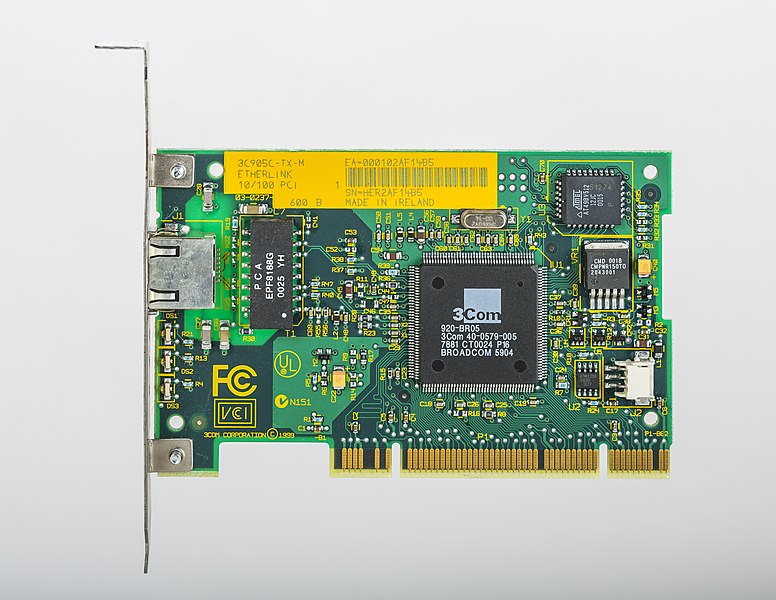
The ethernet and WiFi network cards are what enable your computer to actually connect to the internet. They essentially act as a shuttle system for data that’s going out into the world or coming back to your computer.
2) Modem or Router
Modems and routers are input/output peripherals that talk to other input/output peripherals like the Network Interface Cards (NIC) mentioned above.
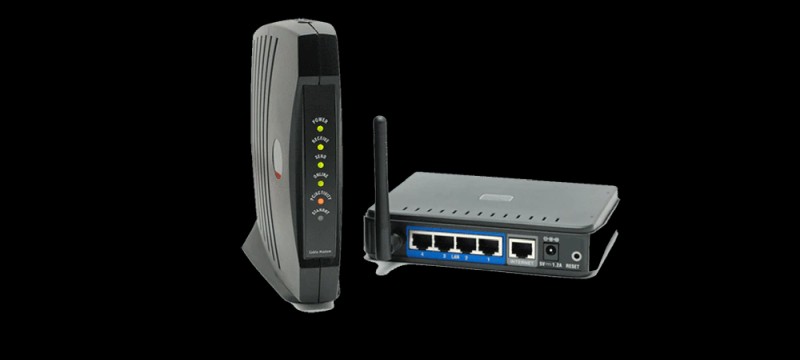
If network interface cards are analogous to the local mailbox then you can think of modems and routers as the postal system’s vehicles.
Modems and routers are sometimes referred to interchangeably since they’re often built into the same piece of hardware. But they are distinct devices with specialized functions.
A router essentially “routes” the data to a modem. And the modem is what communicates with the larger Internet as a whole.
Routers are typically used in the home to allow multiple computers or electronic devices to use the same modem.
Leave a Reply